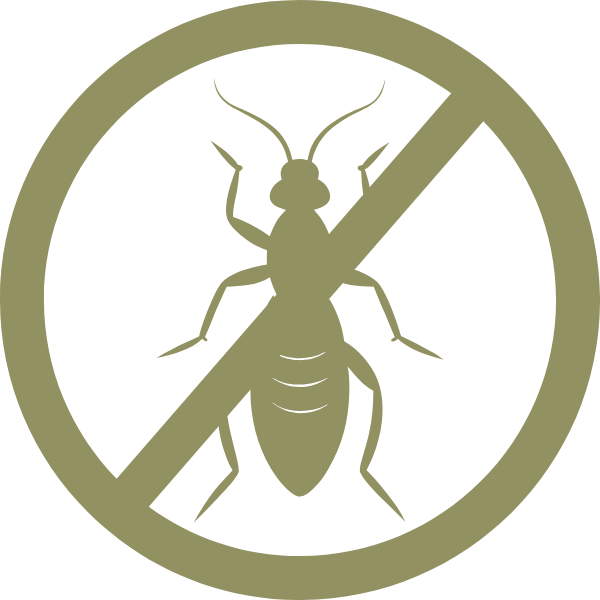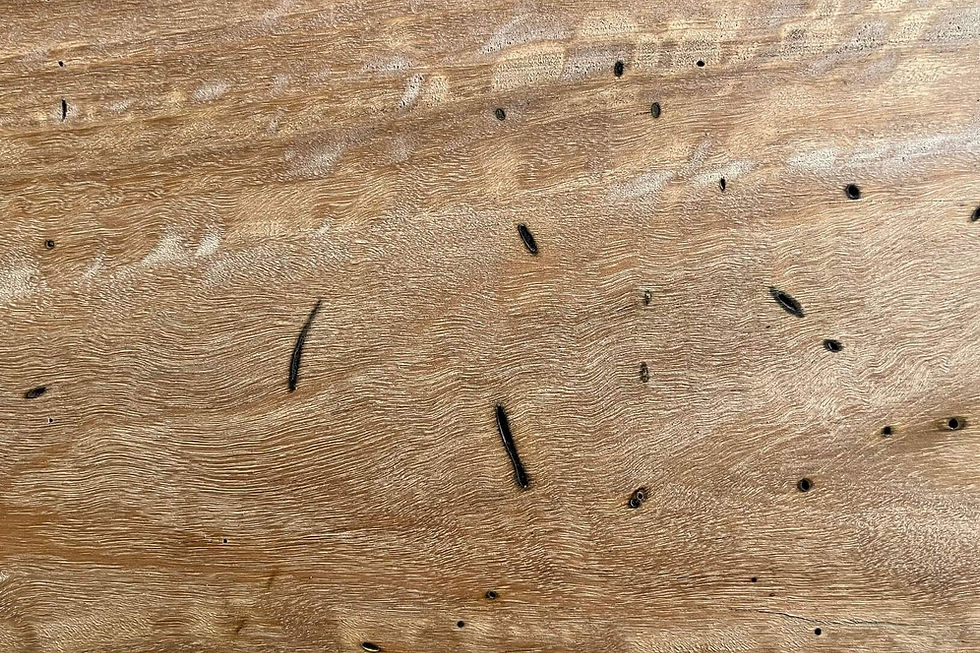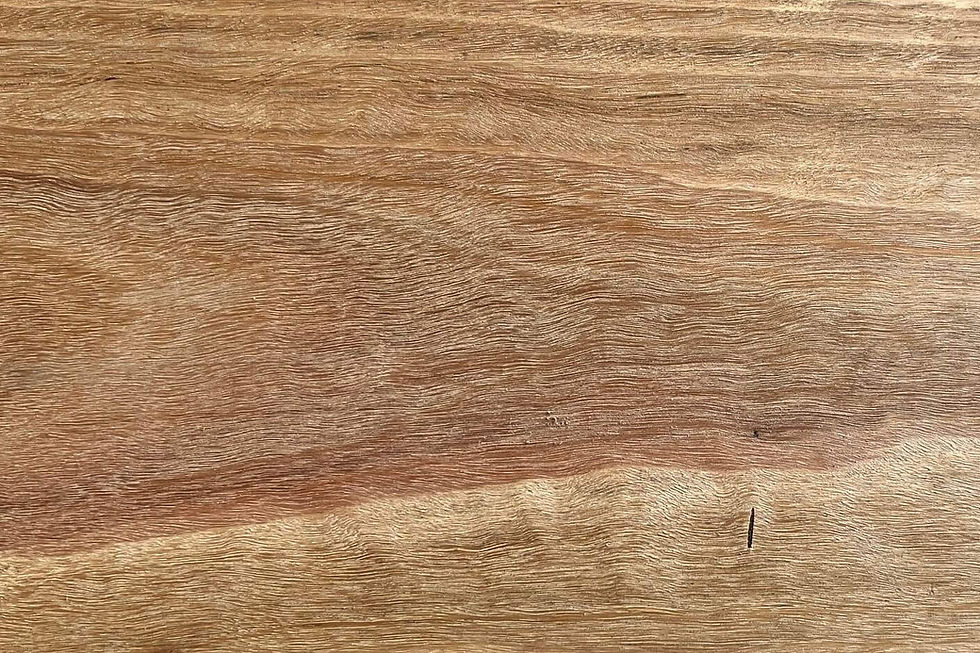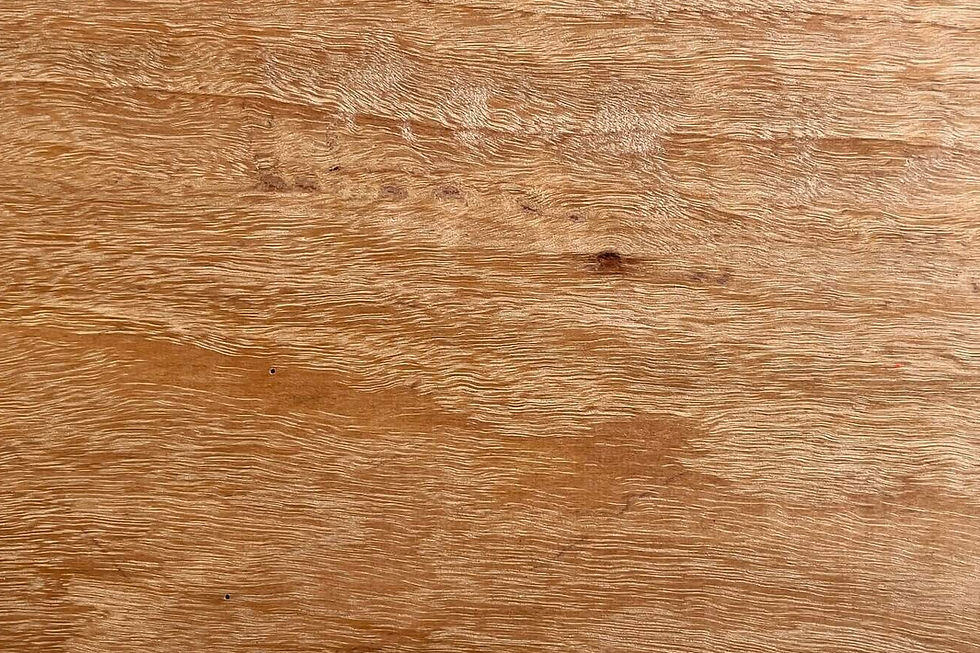Tel: (02) 6495 7877

Density - 900 kg/m³
Hardness - Hard, Janka rating 10Kn
Durability - Class 1 / 40 years +
Naturally termite-resistant
BAL 19
Readily available
Australian White Mahogany Timber
White Mahogany is a highly durable and versatile Australian hardwood, sometimes referred to as Yellow Stringybark or White Stringybark. Renowned for its strength, termite resistance, and suitability for harsh environments, it is commonly used in structural applications such as decking, flooring, cladding, and heavy construction. Its warm color palette, ranging from pale yellow to light brown with occasional pinkish tones, combined with its attractive grain, makes it a popular choice for both functional and decorative uses. With excellent durability and resistance to wear, White Mahogany is a reliable and sustainable option for residential and commercial projects alike
What Are the benefits of using White Mahogany Timberin Building and Construction?

Durable
White Mahogany is highly durable (Class 1 above ground, Class 2 in-ground), making it ideal for outdoor and structural uses such as decking, posts, and cladding.

Versatile
Suitable for a wide range of uses, from heavy construction and marine settings to polished interior finishes, offering flexibility across projects.

Termite Resistant
White Mahogany offers excellent resistance to termites and decay, which reduces maintenance needs and extends lifespan in harsh environments.
.png)
Fire Resistant
White Mahogany has a BAL-19 fire rating, meaning it is suitable for use in areas prone to bushfires (as per Australian Standard AS 3959), adding safety and compliance in construction.
White Mahogany Properties
White Mahogany grows naturally in:
New South Wales – mainly coastal and tableland areas
Queensland – widespread in coastal and inland regionsWhite Mahogany has a density of approximately 900 kg/m³ (at 12% moisture content), making it a hard and durable hardwood suitable for structural, outdoor, and high-wear applications.
White Mahogany has a Janka hardness of around 10.0 kN, which classifies it as a hard and durable Australian hardwood.
White Mahogany is rated as:
-
Durability Class 1 (above ground) More than 25 years
-
Durability Class 1 (in ground) More than 25 years
-
White Mahogany is termite-resistant — it has a natural resistance to termites, making it a reliable choice for structural and outdoor applications in termite-prone areas.
Not susceptible: This timber is not susceptible to lyctid borer attack.
White Mahogany has a BAL-19 fire rating, meaning it is suitable for use in areas with a Bushfire Attack Level up to BAL-19 under AS 3959.
Typical uses of White Mahogany include:
-
Flooring and decking
-
Structural framing and beams
-
Cladding and fencing
-
Poles, posts, and sleepers
-
Joinery and outdoor furniture
-

Colour variations in White Mahogany Timber
White Mahogany is distinguished by its pale, yellow-brown to light golden heartwood, often subtly accented with pinkish tones, and a narrow band of almost white sapwood. This timber offers a refined, understated elegance with a moderately coarse but even texture. Its grain is typically straight, though it may exhibit some interlocking, adding gentle visual interest. The overall appearance of White Mahogany is clean and warm, making it a versatile choice for both structural and decorative applications.

.jpg)

.jpg)

.jpg)

.jpg)

.jpg)


Australian Hardwood Inspiration, Insights, and Everything In Between.

Some common questions about White Mahogany
White Mahogany is a strong, durable Australian hardwood known for its pale yellow-brown to golden heartwood and clearly defined white sapwood. With a generally straight grain and moderately coarse texture, it offers a clean, natural look suited to both structural and aesthetic uses. Highly resistant to decay and wear, White Mahogany is ideal for decking, flooring, cladding, and heavy construction.
White Mahogany is a versatile and durable hardwood commonly used in both structural and decorative applications. Its main uses include:
-
Decking – Ideal for outdoor use due to its strength and durability.
-
Flooring – Hard-wearing and visually appealing for interiors.
-
Cladding & Screening – Suitable for bushfire-prone areas (rated to BAL-29).
-
Structural Framing – Strong and long-lasting for construction work.
-
Posts, Poles & Sleepers – Good for landscaping and heavy outdoor use.
-
Joinery & Furniture – Attractive grain makes it a solid choice for fine work.
-
White Mahogany is a dense, durable, and termite-resistant Australian hardwood that is suitable for bushfire-prone buildings up to BAL-19 under AS 3959:2018, offering strength, longevity, and natural fire performance for lower to moderate bushfire risk areas
White Mahogany does not need to be treated for most uses due to its high natural durability. It's naturally resistant to decay, termites, and weather, especially in above-ground applications. However, for in-ground contact or extreme exposure, treatment or protective finishes (like oils or sealants) may be recommended to extend its lifespan and maintain its appearance. Pre-sealing is also a good idea for applications like decking to help reduce surface checking and moisture absorption.
White Mahogany timber is highly durable, with a Class 1 rating for above-ground use and Class 2 for in-ground contact. This means it is very resistant to decay, termites, and weathering, making it ideal for outdoor structures like decking, cladding, and exposed framing. Its natural durability ensures long service life even in harsh conditions.
White Mahogany refers to a group of durable Australian hardwoods from the Eucalyptus genus, mainly Eucalyptus acmenoides, Eucalyptus apothalassica, Eucalyptus carnea, Eucalyptus helidonica, and Eucalyptus psammitica. These species are valued for their pale yellow-brown colouring, strength, and natural durability, making them ideal for both structural and decorative uses. While they may differ slightly in grain and regional distribution, they are generally interchangeable across a wide range of applications.
White Mahogany is generally considered moderately easy to work with, though its high density and occasional interlocking grain can make machining slightly challenging. It planes, drills, and sands well with sharp tools, and it takes finishes and coatings effectively. Pre-drilling is recommended for nailing or screwing to prevent splitting. Overall, while it’s a hard timber, it's quite manageable with the right equipment and techniques.









